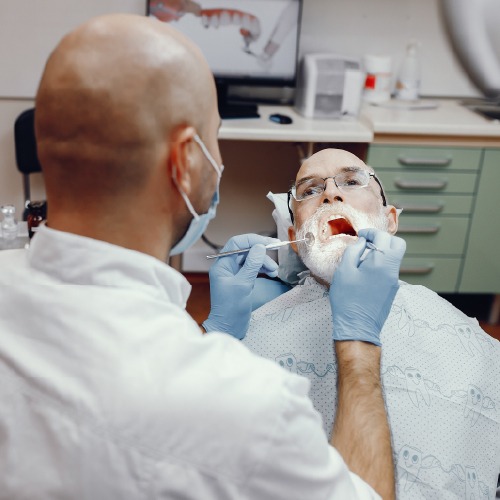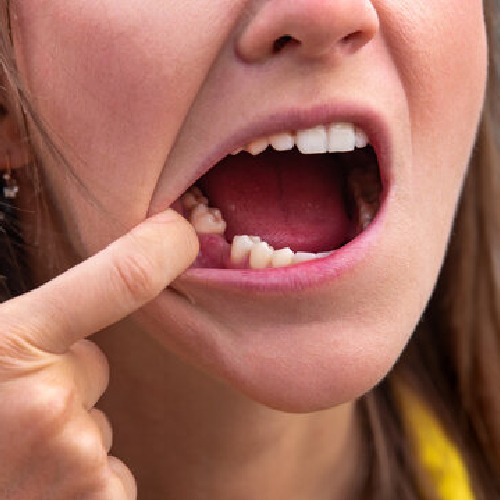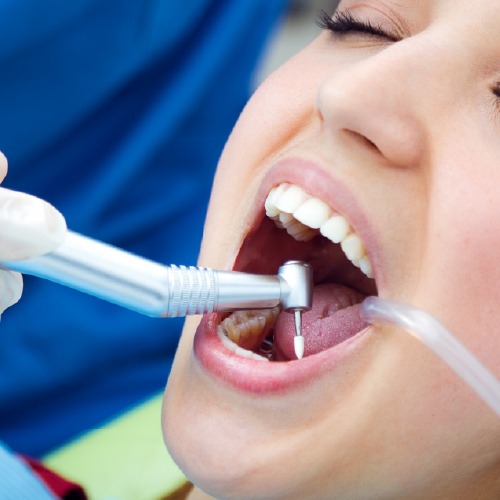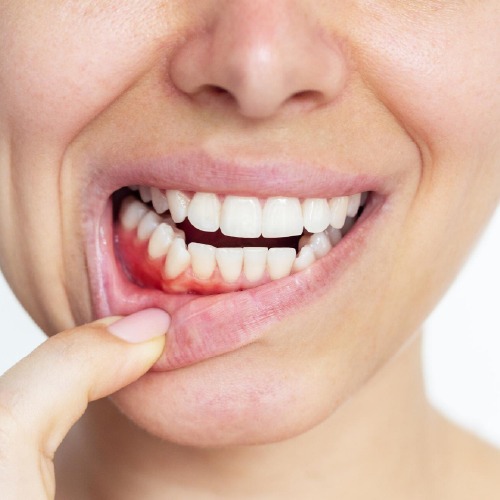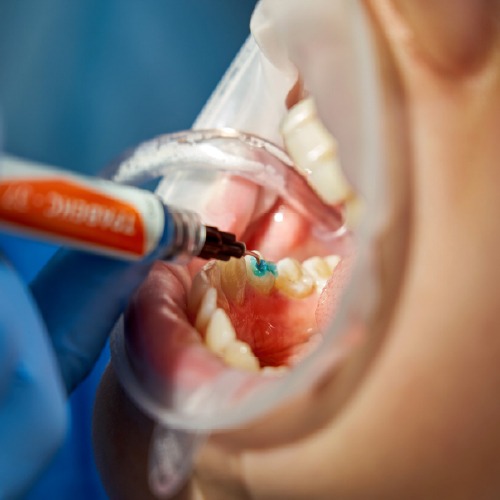Oral cancer is a serious health condition that affects thousands of people each year. While it might not be as widely discussed as other types of cancer, its impact is significant, and early detection plays a crucial role in improving survival rates. In this article, we’ll explore the symptoms of oral cancer, what causes oral cancer, early signs of oral cancer, and answer the important question: what does oral cancer look like?
What Causes Oral Cancer?
Oral cancer occurs when cells in the mouth mutate and grow uncontrollably, forming tumors. But what are the causes oral cancer? There is no single cause, but rather a variety of risk factors that increase the likelihood of developing this disease.
Tobacco use, whether smoking cigarettes, cigars, or chewing tobacco, is one of the leading risk factors. Alcohol consumption also significantly increases risk, especially when combined with tobacco. Human papillomavirus (HPV), particularly HPV-16, has also been linked to oral cancers, especially in the oropharynx (the middle part of the throat).
Poor oral hygiene, chronic irritation from sharp teeth or ill-fitting dentures, a family history of cancer, and excessive sun exposure (for lip cancer) are all additional contributors. Genetics and weakened immune systems can also play a role in what are the causes of oral cancer.
Understanding what causes oral cancer is critical in prevention and risk reduction. It helps patients make lifestyle changes that can lower their chances of developing the disease.

Early Signs of Oral Cancer
Spotting the early signs of oral cancer can literally save lives. Unfortunately, many people overlook these signs, dismissing them as minor mouth issues. That’s why it’s so important to be aware of the early warning signs and seek medical attention promptly.
So, what are the warning signs of oral cancer? They can include:
- Persistent sores or ulcers in the mouth that don’t heal within two weeks
- Red or white patches on the tongue, gums, or inner cheek
- A lump or thickening in the cheek
- Difficulty chewing or swallowing
- Numbness in the tongue or other parts of the mouth
- Pain in the jaw or ear without another clear cause
If any of these symptoms persist, it’s essential to consult a healthcare provider. The earlier these signs are detected, the better the chances of successful treatment. Remember, warning signs of oral cancer can be subtle, but they are never insignificant.
Symptoms of Oral Cancer
The symptoms of oral cancer can vary depending on the location and stage of the cancer. Many patients may not experience severe symptoms initially, which is why regular dental visits are so important.
Here are the most common symptoms and signs of oral cancer:
- Mouth sores that do not heal
- Pain or discomfort in the mouth
- Difficulty swallowing or a feeling that something is caught in the throat
- Unexplained weight loss
- Loose teeth or pain around the teeth
- A lump in the neck
- Voice changes or chronic sore throat
- Bleeding in the mouth without apparent cause
Because these symptoms of oral cancer can resemble other oral conditions, it’s essential to have any unusual changes examined by a dental or medical professional. Don’t wait for the problem to worsen—early intervention is key.
In advanced stages, the signs of oral cancer become more aggressive and difficult to manage. That’s why being aware of the signs of oral cancer is not just helpful, it’s potentially life-saving.
What Does Oral Cancer Look Like?
Patients often wonder, What might oral cancer look like? Knowing the visual signs can help in identifying abnormalities early.
Oral cancer can appear as:
- Flat or slightly raised patches that are white, red, or speckled
- Open sores that bleed or don’t heal
- Hardened tissue in the mouth
- Growths or masses on the lips, gums, or inside the cheeks
- A noticeable change in the texture or color of the mouth lining
So, what does oral cancer look like in its early stages? It may be just a small red patch on the tongue or a white spot on the inner cheek. It might look like a canker sore that doesn’t go away. These subtle appearances are why many people ignore the warning signs of oral cancer.
Advanced oral cancers may appear more pronounced, with larger masses, bleeding, or necrotic (dead) tissue. Understanding what does oral cancer look like allows patients and providers to act swiftly and effectively.
Risk Factors and Prevention
As we’ve discussed, what causes oral cancer is often linked to lifestyle habits and health conditions. Thankfully, many of these risk factors are preventable.
To reduce your risk:
- Avoid all forms of tobacco
- Limit alcohol consumption
- Practice good oral hygiene
- Use lip balm with SPF if exposed to the sun frequently
- Get vaccinated for HPV
- Maintain a healthy diet rich in antioxidants
Regular dental checkups are one of the best preventive measures. Dentists are trained to detect the warning signs of oral cancer and often spot abnormalities before the patient experiences any symptoms of oral cancer.
Diagnosis and Treatment
If any of the symptoms of oral cancer are present, your dentist or doctor may conduct a physical examination, followed by a biopsy to confirm the diagnosis. Additional imaging tests like MRI, CT scans, or PET scans can help determine the extent of the cancer.
Treatment options for oral cancer depend on its type, location, and stage, but may include:
- Surgery to remove the tumor
- Radiation therapy
- Chemotherapy
- Targeted drug therapy
- Immunotherapy
Early diagnosis makes treatment more effective and can reduce the need for invasive procedures. That’s why understanding what causes oral cancer, spotting the early signs of oral cancer, and recognizing the signs of oral cancer is crucial for all patients.
The Importance of Regular Dental Checkups
Your dentist is your first line of defense against oral cancer. During routine exams, dentists not only look for cavities and gum disease, they also check for unusual growths, patches, or sores that may be early signs of oral cancer.
Dental professionals are trained to recognize the symptoms of oral cancer, often before the patient is aware of any issue. That’s why maintaining regular dental visits, every six months or as recommended, is vital.
If you’ve ever asked yourself, What does oral cancer look like, your dentist has the tools and knowledge to answer that question and guide you through the next steps.
When to See a Doctor
If you notice any symptoms of oral cancer, don’t delay seeking medical attention. Early evaluation can make a significant difference in the outcome. Persistent mouth sores, unexplained pain, or changes in the appearance of your mouth are all valid reasons to consult a healthcare professional.
Don’t wait for the symptoms of oral cancer to become painful or obvious. Being proactive could save your life.
Conclusion
Oral cancer is a serious disease, but it is highly treatable when caught early. Understanding what causes oral cancer, recognizing the early signs of oral cancer, and knowing the symptoms of oral cancer can lead to timely diagnosis and effective treatment.
If you’re ever unsure what oral cancer looks like, don’t hesitate to talk to your dentist. Prevention and awareness are your best weapons against this silent threat.
Make oral cancer screenings a regular part of your dental checkups, and encourage loved ones to do the same. Early action can truly save lives.
References:
https://www.cancer.org/cancer/oral-cavity-and-oropharyngeal-cancer.html
https://www.cdc.gov/oralhealth/conditions/oral-cancer.html
https://www.cancer.gov/types/head-and-neck/patient/lip-mouth-treatment-pdq
https://www.who.int/news-room/fact-sheets/detail/oral-health
